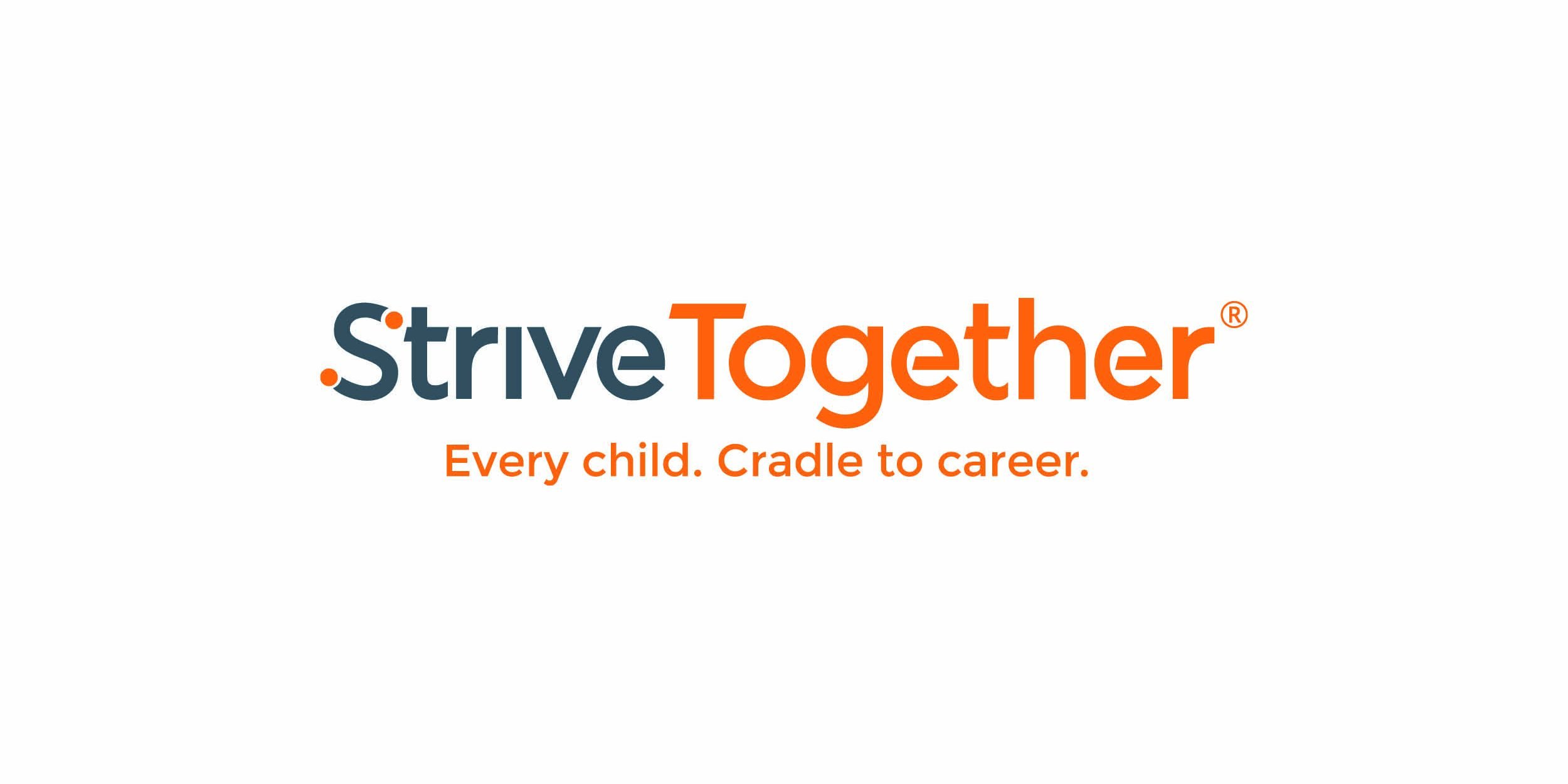Imagine walking beside a river with a friend and seeing babies floating by you in the water. You jump into the water to pull the babies out, but every time you save one, several more slip past you. Meanwhile, your friend continues walking upriver. “What are you doing?” you exclaim. “Finding out who’s throwing babies in the water,” your friend replies.
Such was the parable shared by Deborah Santiago of Excelencia of Education as she recounted a conversation with a friend about how to frame inequity as systemic. Instead of simply treating the symptoms of inequity, we need to change the structural forces that perpetuate it.
Santiago was one of many expert speakers at a regional summit on racial equity held last month by Grantmakers for Education in Washington, D.C. The summit was filled with people from many of our country’s top grant-making institutions. And despite the racial diversity at the summit — a scenario that would not have been possible in previous decades — more work needs to be done to reach grassroots organizations that might not have access to a room like that. Diversity alone doesn’t get to power issues without equity and inclusion.
At StriveTogether, we believe improving education and upward mobility in the U.S. requires closing gaps and transforming the multitude of systems that shape opportunity for every child. In other words, we are working to find out who’s throwing babies in the water. Those of us working to make measurable differences in the lives of students and families — to ultimately create a better, more equitable world — also need to agree on a common vision of what that looks like. To Michelle Molitor of The Equity Lab, the summit’s moderator, equity is about all lives having value and therefore investing in everyone.
With that goal in mind, here are three other key takeaways from the summit:
- Understand the difference between equality and equity. Equity is about ensuring fairness in a world where not everyone has the same privileges. We need to stop using the term equity if we are not willing to give oppressed people more money and resources. Equity is also about listening and learning, and not always valuing academic knowledge over lived experience. In the same room, a person of color and a white person can say the same thing, but only one voice is heard. Equity in this country means absolutely including Native American and Native Alaskan people.
- Don’t just engage the community — empower the community. How do we give marginalized groups more control over their own destiny? Most foundations and nonprofits are run by white male leaders. Those with power and privilege must hold space for other voices and ideas to be heard. For people of color, education is crucial to exercising their freedom, said Dr. Howard Fuller of Marquette University. If we truly believe in the freedom of people of color, at what point does the transfer of power take place?
- Acknowledge there are contradictions in our work. Policies supported by community leaders and philanthropists may enable them to do good but also may cause harm. For instance, organizations often try to figure out ways to pay fewer taxes, and fewer taxes means fewer resources for society. Another example: We also need to empower the people who already live and work in the communities we are trying to help. Otherwise, we are perpetuating inequities if we divert funds from communities of color because local groups lack “capacity.”
The stakes are high, but so are the opportunities. Across the StriveTogether Cradle to Career Network, we can look at how school districts and organizations are using resources to address inequities in their community. We also can investigate whether communities are spending more annually per student in affluent neighborhoods and, if so, what we can do to bridge that gap.
I’ll end this blog post with four questions posed during the summit:
- Why are you doing this work?
- How does it serve you and your personal growth?
- How does it serve the needs of others?
- In what ways do you interact with the people you are trying to serve and what can you do to have more authentic connections?
An effective plan for real change begins with an understanding of the current landscape. Give some thought about where you are today, so you can map out where you should go tomorrow. Feel free to leave comments below.





